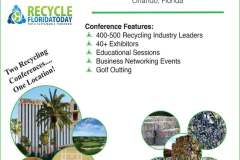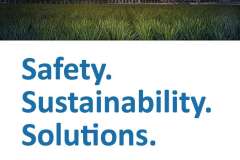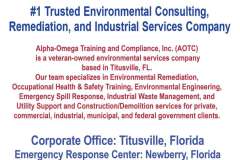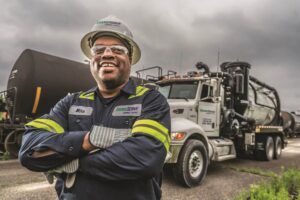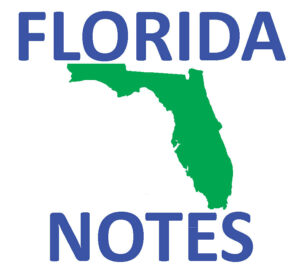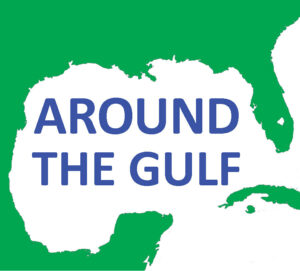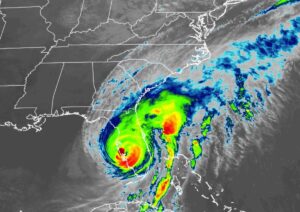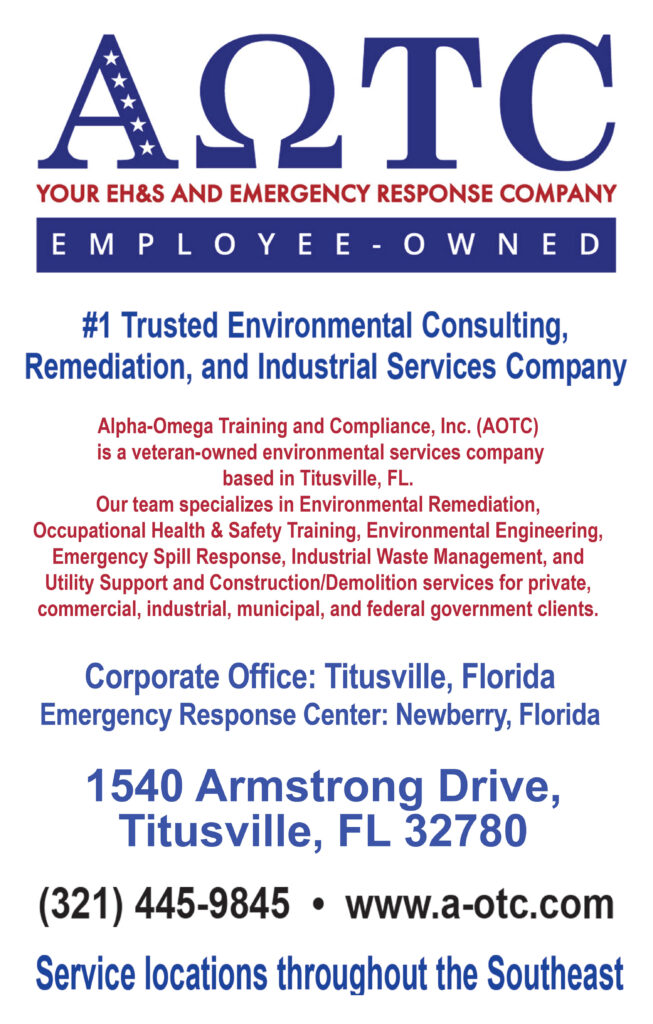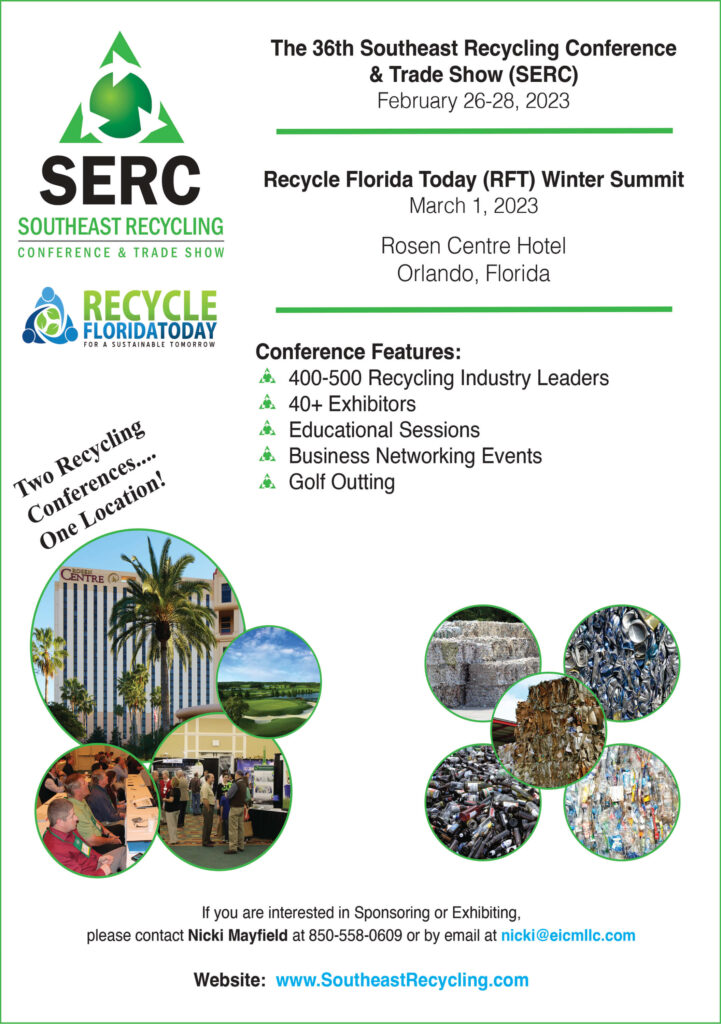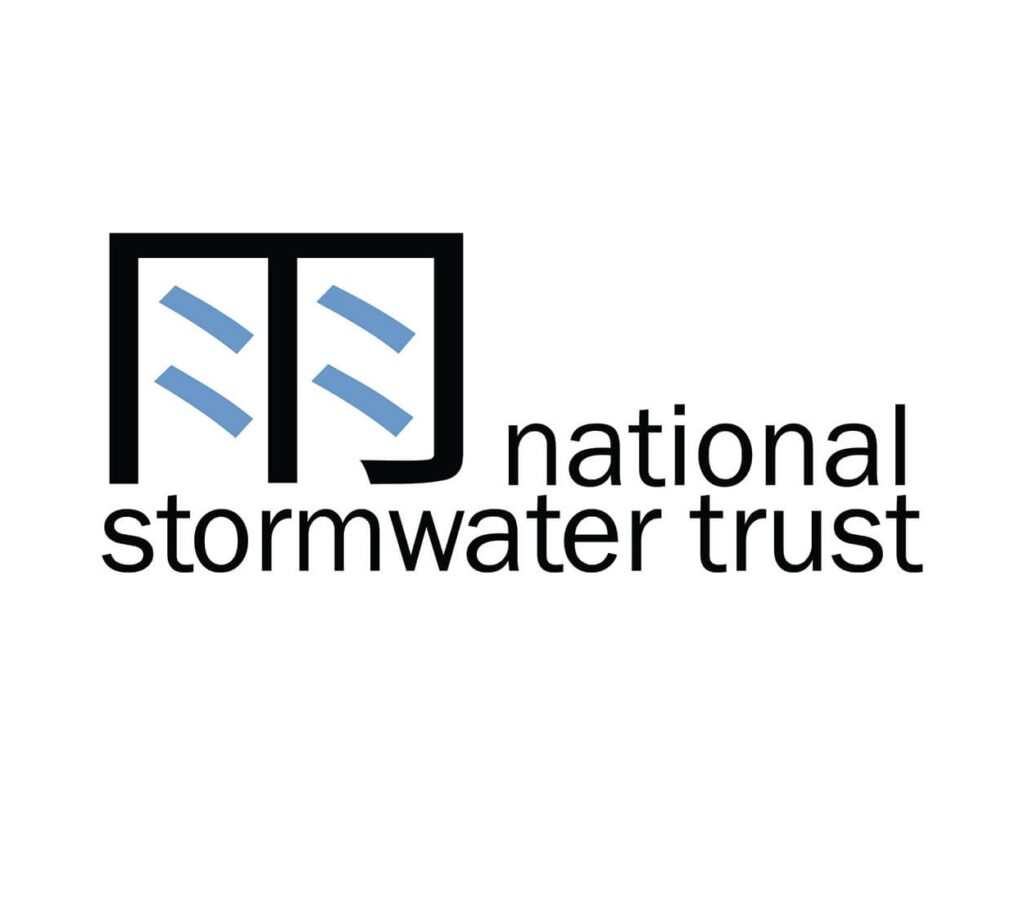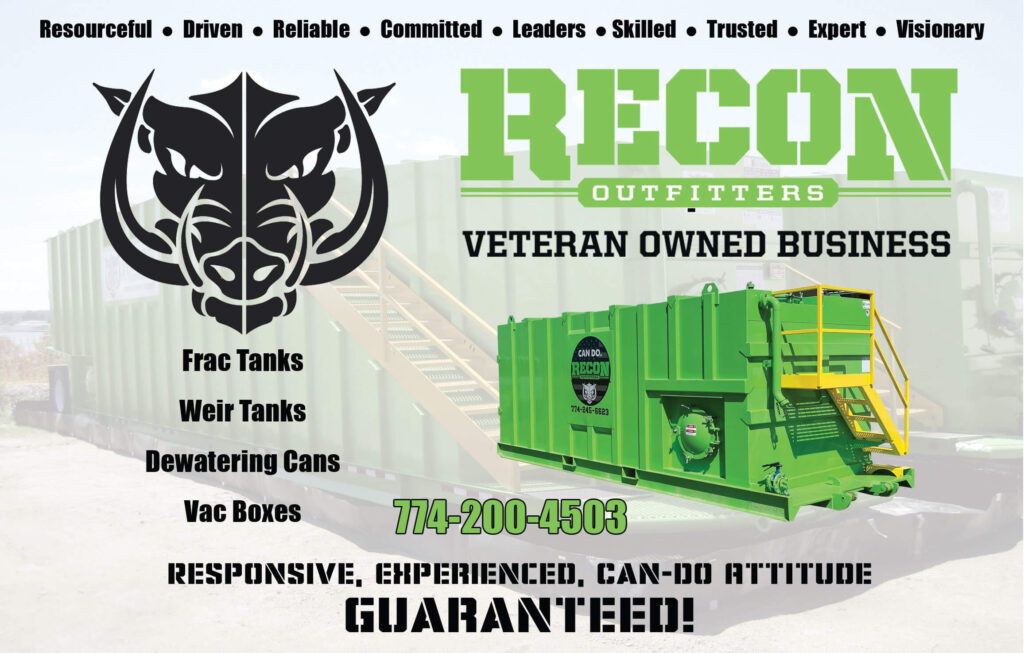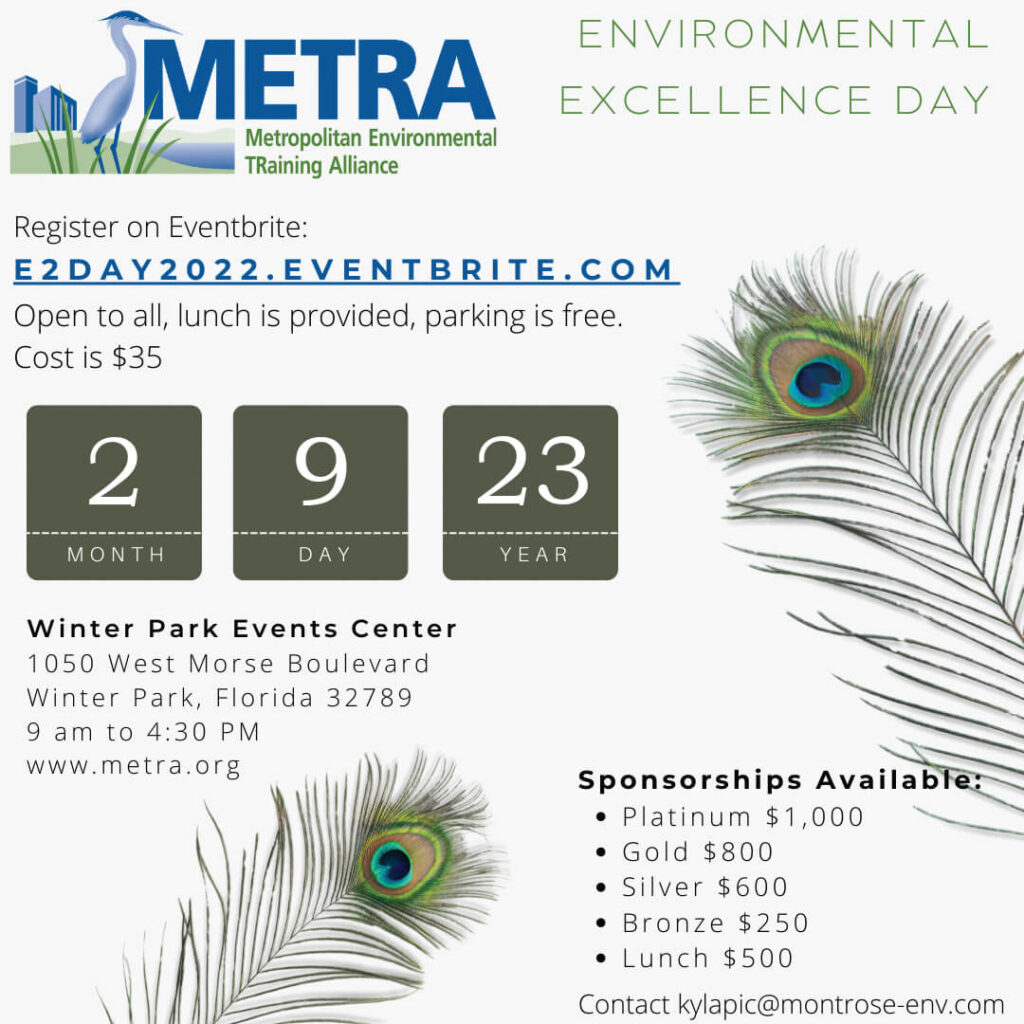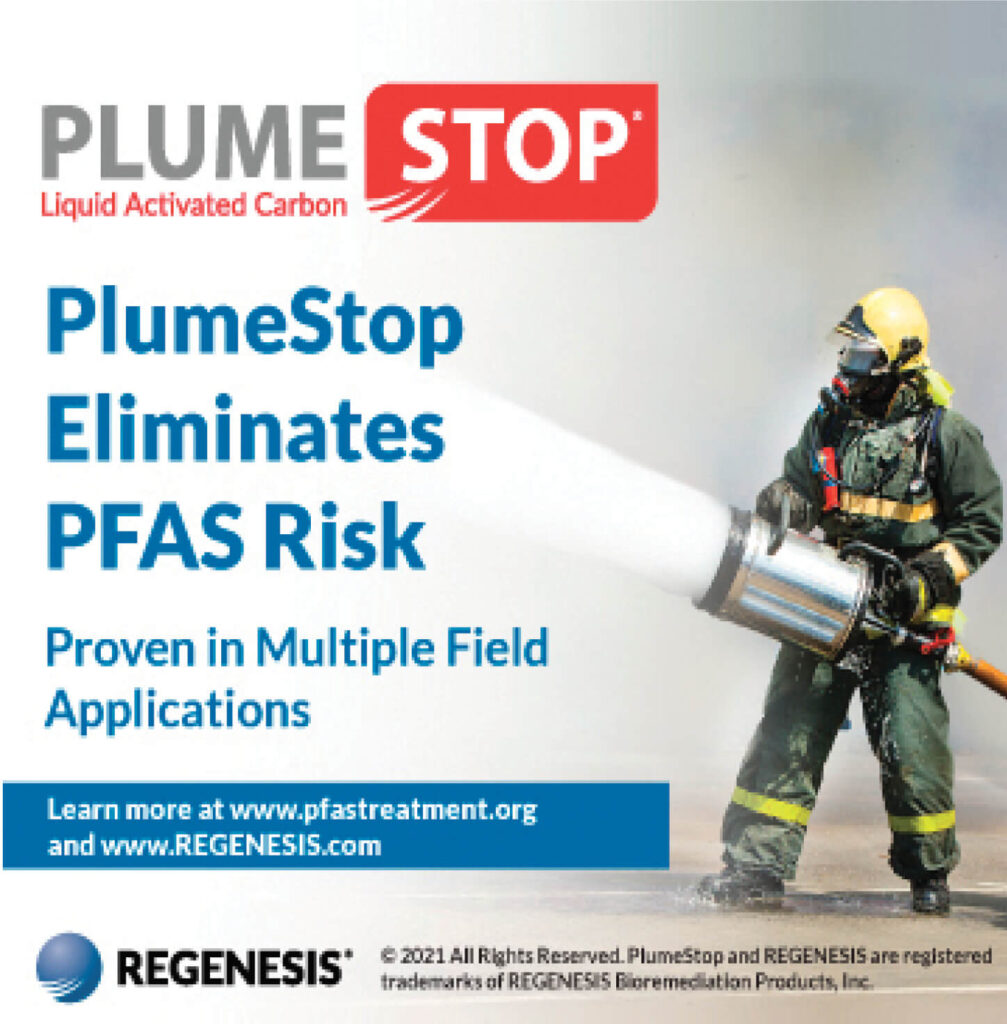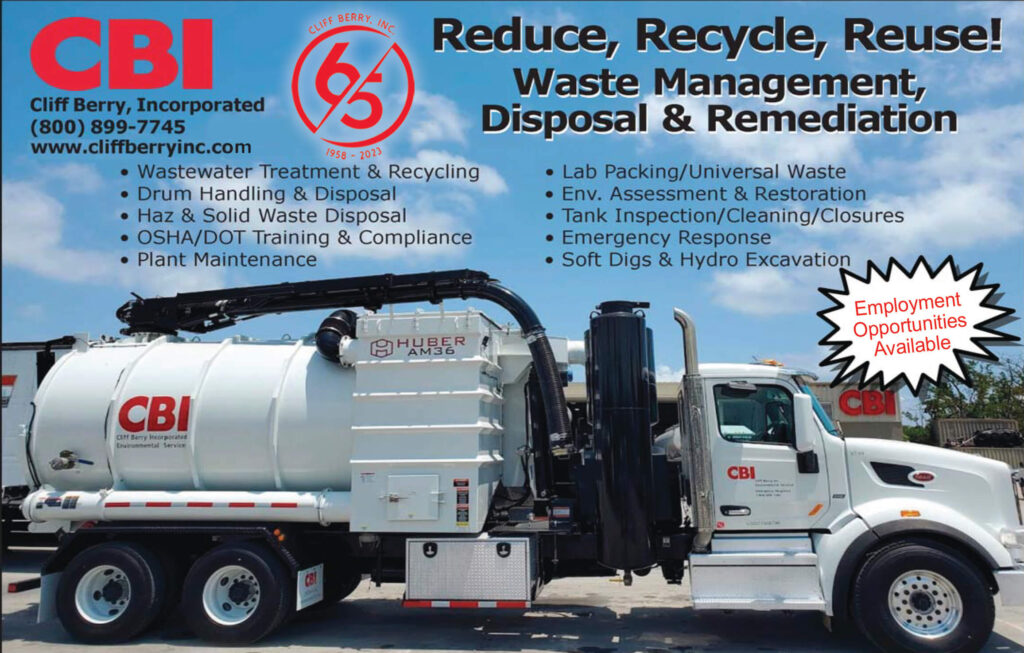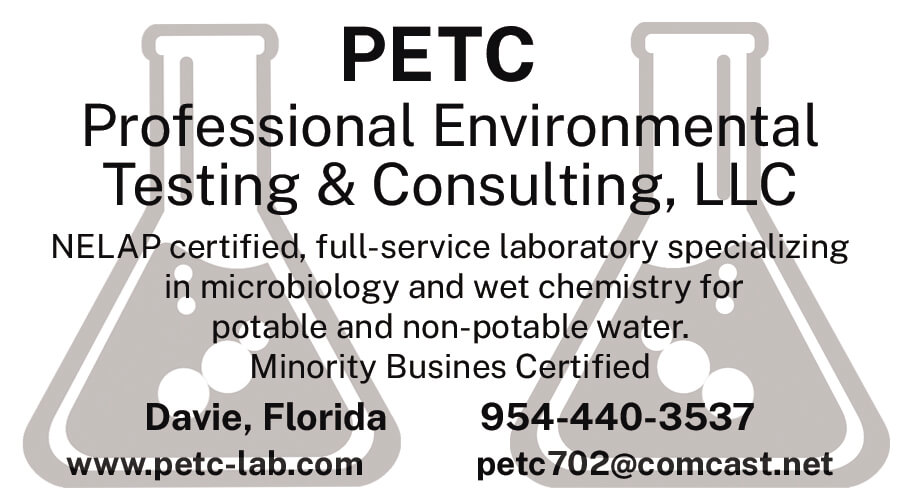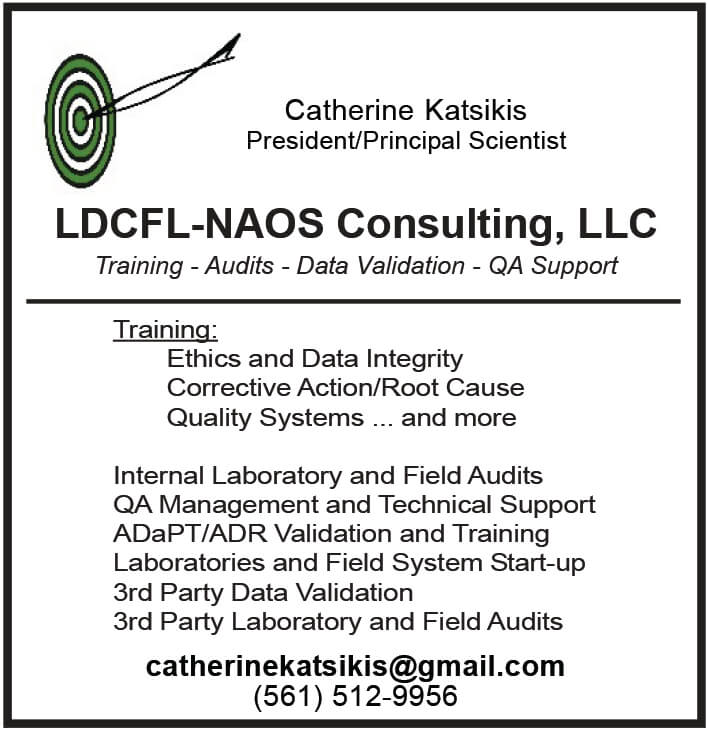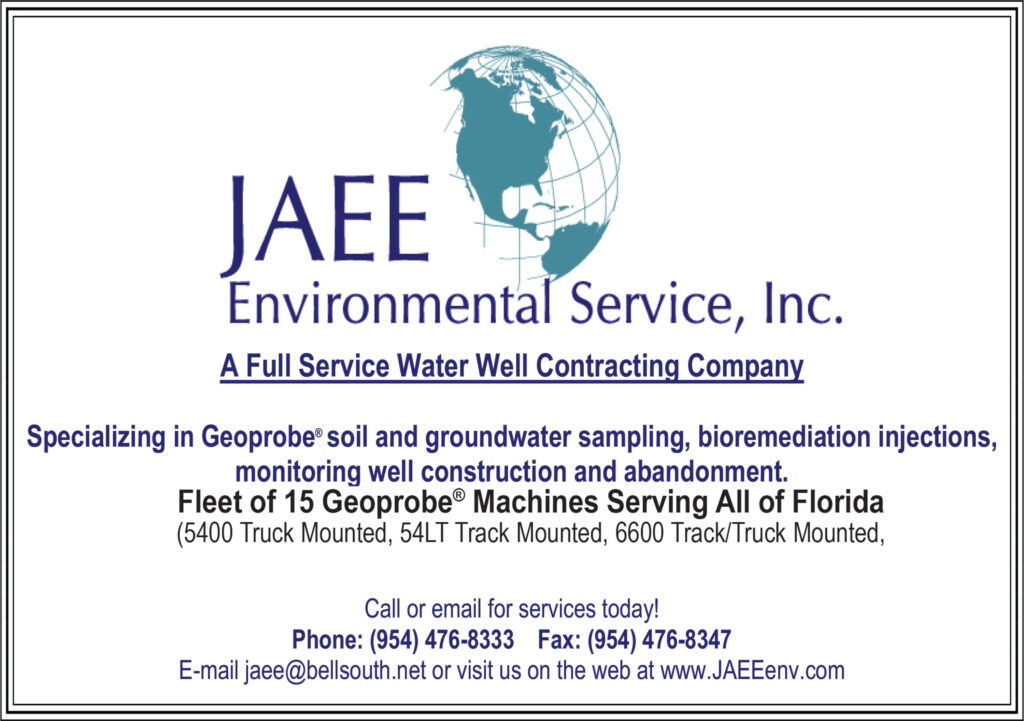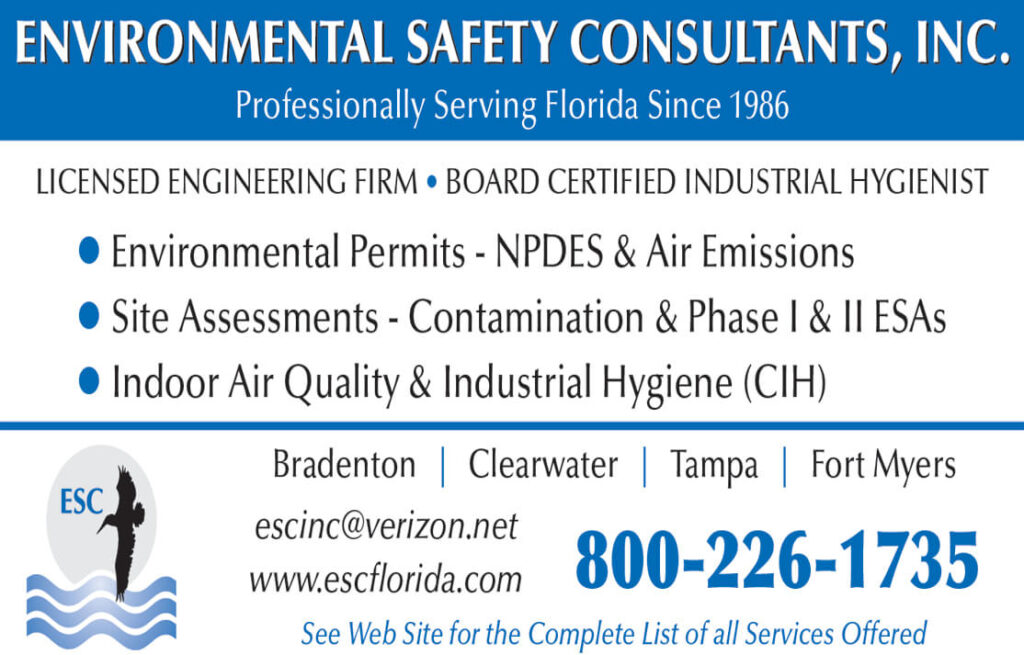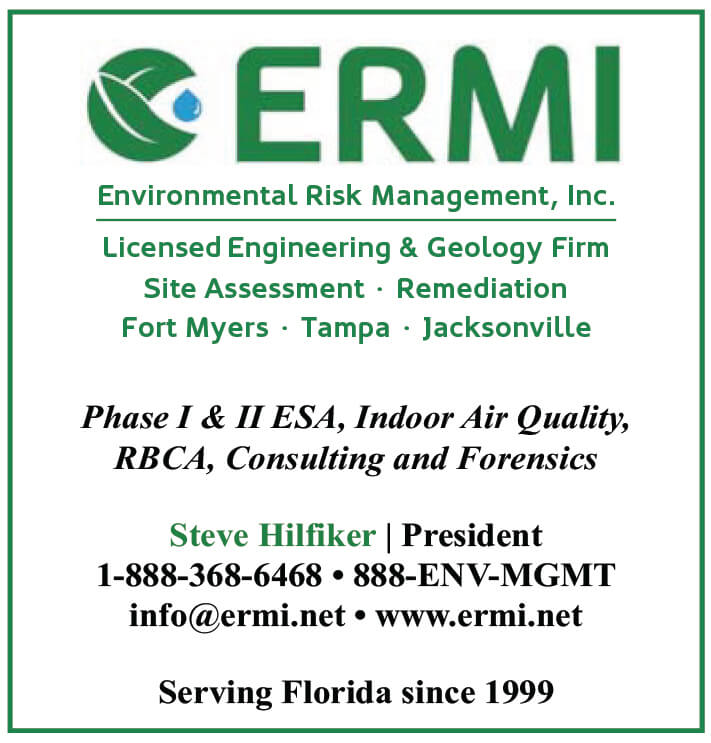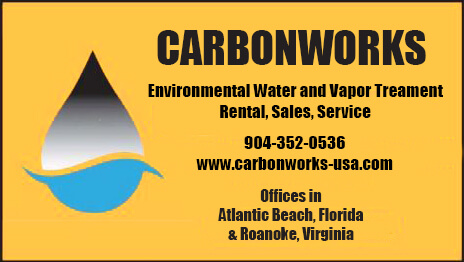By JUSTIN B. GREEN,
Consultant
While signing up for a Specifier membership under my new business, Justin B. Green Consulting, I was asked if I would reflect on recent changes in my life that took me from the Florida Department of Environmental Protection (DEP) to the Oregon Department of Environmental Quality (DEQ); and then to venturing out on my own.
It was too good an opportunity to pass up and I hope this exercise allows for reflection on the reader’s part; from where you have come, where you are currently, and where you have thought about going.
For those who don’t know me, I was with the Florida DEP from 2012-2018, serving as the Director of the Air Program, and later, the Water Program. Just under five years ago, I moved to Oregon to become the Water Quality Administrator for the Oregon DEQ.
Lots of differences abound between the ‘high levels’ at Florida’s and Oregon’s environmental agencies. At the same time, many similarities exist.
One of the similarities is “every state has their sea turtle.” This means every state has a beloved animal that is incredibly sensitive to changes in the environment and is struggling to survive.
In Oregon, it is salmon. Salmon are beautiful fish with strong cultural ties to the First Nations that settled the Pacific Northwest thousands of years ago. Salmon rely on migration routes between fresh and salt water and require specific water temperature to successfully spawn. While sea turtles dominated coastal regulation in Florida, salmon dominate surface waters in Oregon.
Salmon’s importance has led to ‘temperature’ being one of the most significant classified ‘pollutants’ in the state. Municipal and industrial dischargers (of temperature) have built cooling towers, constructed wetlands, and have participated in water quality trading to mitigate their temperature impact to waterways.
A lot of effort, a lot of data, and a lot of financial resources have gone to protecting native salmon spawning areas and migration corridors from excessive temperature.
A stark difference for me upon arriving in Oregon was leadership style. In Florida, leadership was an asset that provided direction and priority to my work.
I had the privilege of participating in leadership training to develop skills such as team building and goal setting and was taught “if you want success to grow, pour champagne on it.” Which simply means, celebrate your successes; and at the same time I needed to ‘own it’ as my decisions were just that . . . my decisions. My experience in Oregon was, surprisingly, quite the opposite.
Oregon proudly boasts “The Oregon Way.” The Oregon Way is an intentionally nebular term that means ideas will be discussed regardless of who presents them, discussions will be had with all stakeholders and interested parties, and the desired outcome is consensus more so than the actual decisions made.
The Oregon Way was liberating for me when I first arrived as priority was not on getting the work done yesterday, but on making sure all voices were heard and an agreeable path forward was formed.
However, I found that the Oregon Way created numerous obstacles to getting the core work of the agency done.
When I started in Oregon’s Water Quality Program, 84% of the state’s National Pollution Discharge Elimination Permits were administratively continued. This means the permits had expired and the terms of the permit were being continued until renewal.
Addressing this permit backlog was our top priority, not only to provide necessary environmental protections, but to show Oregonians that the agency was meeting its basic requirements. This required informed and quick decision making, something foreign to a state used to lengthy consensus-driven processes.
At the end of the day, we were able to lower our expired permit percentage to around 65% — still not something to write home about — and we were able to renew the oldest expired permit (1989), as well as the largest discharger in the state (City of Portland wastewater facility).
We ruffled some feathers in doing so, but I can honestly say the conversations I had and the collaboration that got us there made the end product more meaningful, implementable, and protective.●


